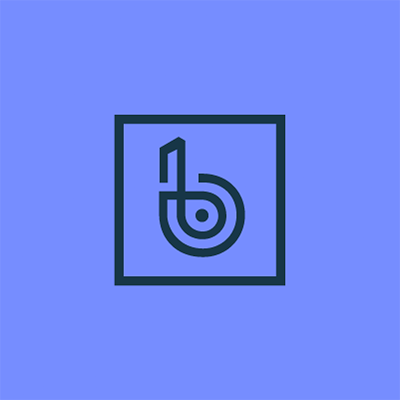397 reads
Unlocking Bugsnag's Power Features: Gain Precision and Reduce Noise
by
October 16th, 2022
Audio Presented by

The leading application stability management solution trusted by over 6,000 engineering teams worldwide.
About Author
The leading application stability management solution trusted by over 6,000 engineering teams worldwide.